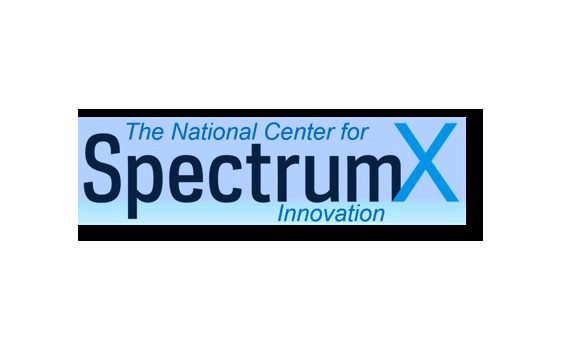A Clemson University economist has joined 40 other scholars from across the country in a major effort to create a world-class research and innovation center aimed at enhancing wireless services for consumers, business, the government and science.

Thomas W. Hazlett, H.H. Macaulay Endowed Professor in the John E. Walker Department of Economics is Clemson’s connection to the Spectrum Innovation Initiative, a 5-year National Science Foundation (NSF) grant that could be used to launch SpectrumX — The National Center for Spectrum Innovation.
One of the nation’s foremost scholars on radio spectrum policy, Hazlett brings his economic expertise to the project. It is a highly inter-disciplinary effort with Hazlett’s collaborators primarily being engineers, physicists, astronomers and computer scientists.
“My role joins the economics with science, which is central to this enterprise,” Hazlett said, who is a co-writer of the NSF grant writing project. “Initial awards were made by the NSF in August 2020 for activities lasting one year. These grants, made to the team composing SpectrumX, are enabling completion of the full proposal for a five-year term with $25 million to establish the innovation center.”
Upon approval, The National Center for Spectrum Innovation will establish research and innovation hubs at the University of Colorado Boulder, the University of Notre Dame, and the University of Virginia. Other participating scholars are based at Northwestern, Pitt, Stanford, Cal-Berkeley, UCLA, University of Puerto Rico Mayaguez, Babson, Olin College of Engineering, the National Radio Astronomy Observatory, and NYU.
Though Clemson has received an initial grant from the NSF and stands to receive substantially more funding should SpectrumX win the current application process, Hazlett said that the far-reaching leverage for the University and the Wilbur O. and Ann Powers College of Business won’t be the grants themselves.
“Clemson will benefit from the linkages for faculty and students to connect with leading scholars, scientists, agencies and research programs in the wireless world,” Hazlett said. “Clemson’s involvement in this initiative puts our institution in a key part of this ecosystem, involving everything from electrical engineering to radio astronomy, from data science to economics and entrepreneurship.”
The radio spectrum carries information wirelessly, from television and radio broadcasts, mobile phones, Wi-Fi computer links, emergency radio services, locational apps, satellite broadband and radar. Radio signals allow us to make calls, send texts, tag friends on Facebook, pull up GPS directions for travel and hail an Uber vehicle.
“The radio spectrum provides essential pathways for scientific sensing of our environment, exploring the universe, protecting the nation, commercializing space, and all aspects of the mobile wireless economy,” Hazlett added. “As application demands grow and technology developments accelerate, governments everywhere are struggling with understanding their options for allocating spectrum and selecting the best policies. Regulators seek more engagement from academic researchers with the highly specialized knowledge informing these choices, especially as new breakthroughs are developed.
“SpectrumX seeks to remedy a potentially dangerous gap in the policy analysis chain, so as to fundamentally advance how U.S. policymakers’ approach, analyze and implement radio spectrum allocations in the decades to come.”
Hazlett joined Clemson’s John E. Walker Department of Economics in 2014. He has held faculty positions at the University of California-Davis, Columbia University, the Wharton School and George Mason University Law School. Hazlett has also served as chief economist of the Federal Communications Commission. His most recent book, “The Political Spectrum: The Tumultuous Liberation of Wireless Technology from Herbert Hoover to the Smartphone,” was published in 2017 by Yale University Press.
# # #
Get in touch and we will connect you with the author or another expert.
Or email us at news@clemson.edu

